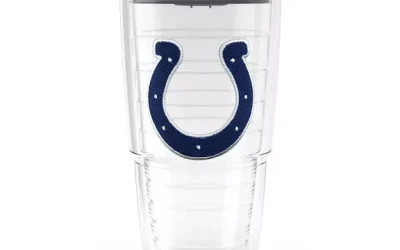People have been buying T-shirts decorated with pictures, logos, slogans, etc since sometime back in the 1950’s; but, for quite a while, all you could buy were mass produced stock design tees. Maybe; if you had a relatively common name; someone was printing it onto T-shirts that you could then buy; but, if you wanted 4 tees with the name of your bowling team on each of them; it would either cost quite a lot of money; or the minimum order might be set at 100 shirts or higher. All of this changed when Iron On Transfers for T-shirts first hit the market.
What Are An Iron On Transfers?
If a design is printed in reverse onto a sheet of paper that has been treated so that the printing inks do not sink into or stick to that paper (known as release paper); then it should be possible, to press the printed side against something that the inks will penetrate or stick to; so that, when you gently peel away the backing or release layer; the ink design stays affixed to the new surface. Naturally, if the transferred design is to appear on the new surface the right way round; it has to be printed onto the release sheet as a mirror image of the required result. This is the basis for all types of transfer printing.
Obviously, there are printing costs in preparing the transfers; however (and particularly for smaller quantities) the setting up costs for Iron On Transfers, were lower than those for silk screen printing. Hence, special shirts for your bowling team became a much more viable proposition.
Final Appearance, Durability & “Washability”
The early transfers required some pressure and heat to be applied to complete the transfer of the design off the release sheet and onto the tee. The makers suggested that you accomplish this by placing the transfer on the shirt and then using a (heated up) domestic clothes iron. Sometimes this worked fine; other times, bits of the design clung to the release sheet and, all too many times; the design would crack up and peel off the shirt after only a few wear then wash cycles.
This was partly due to the, then, transfer production process; but more so from incorrect temperatures and pressures being applied from the use of a domestic iron. Production processes have vastly improved of late; but suppliers now recommend that you apply their transfers with a special implement – known as a heat transfer press – and never use an iron for that job.
Rather than use Iron On Transfers for your next T-shirt project; take a look at the latest in transfer printing technology from Gulfside Heat Transfers. You will need to make a small initial investment in a heat transfer press; but the results will be well worth it.

